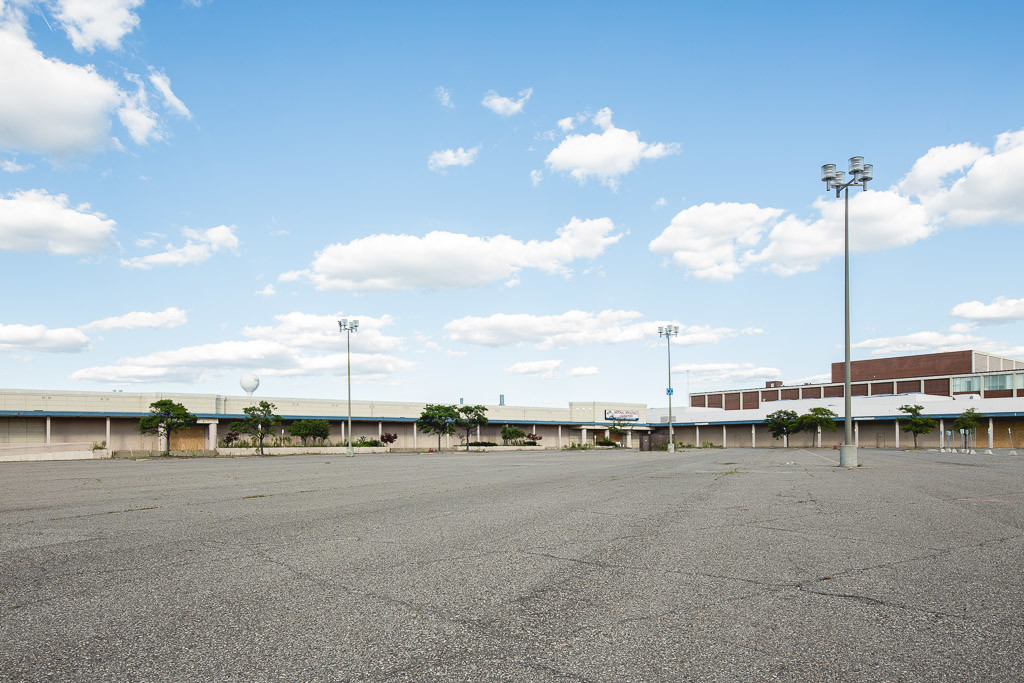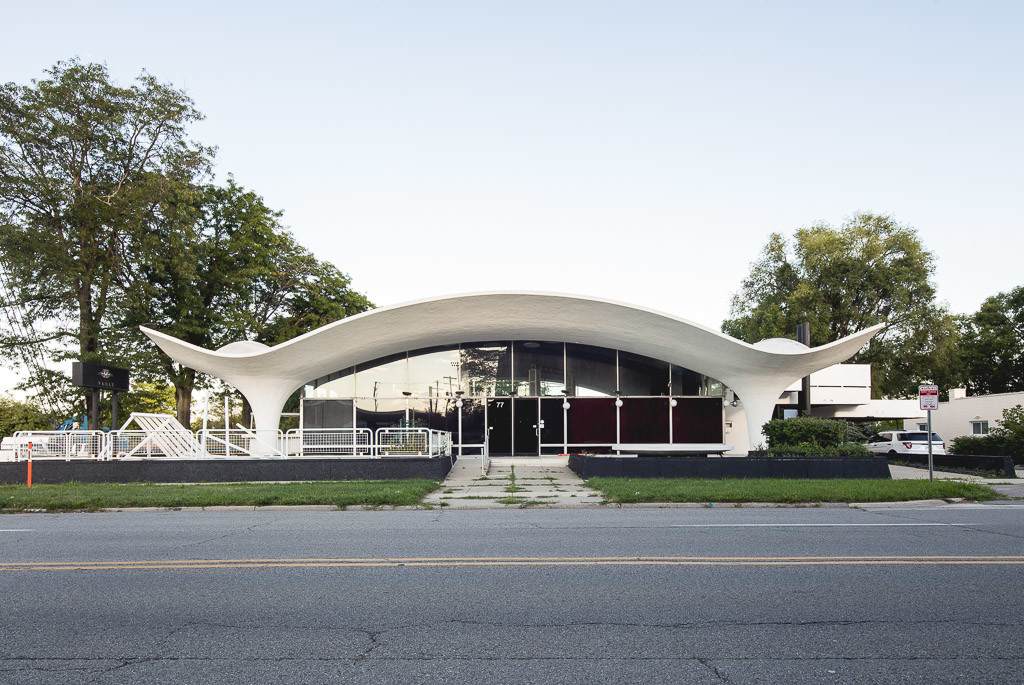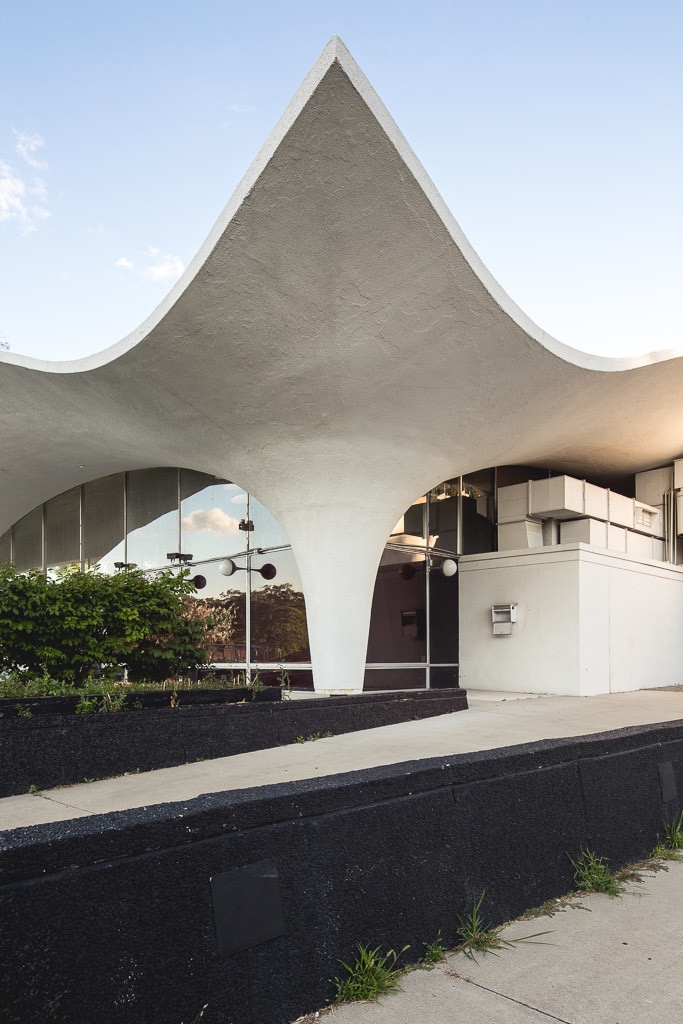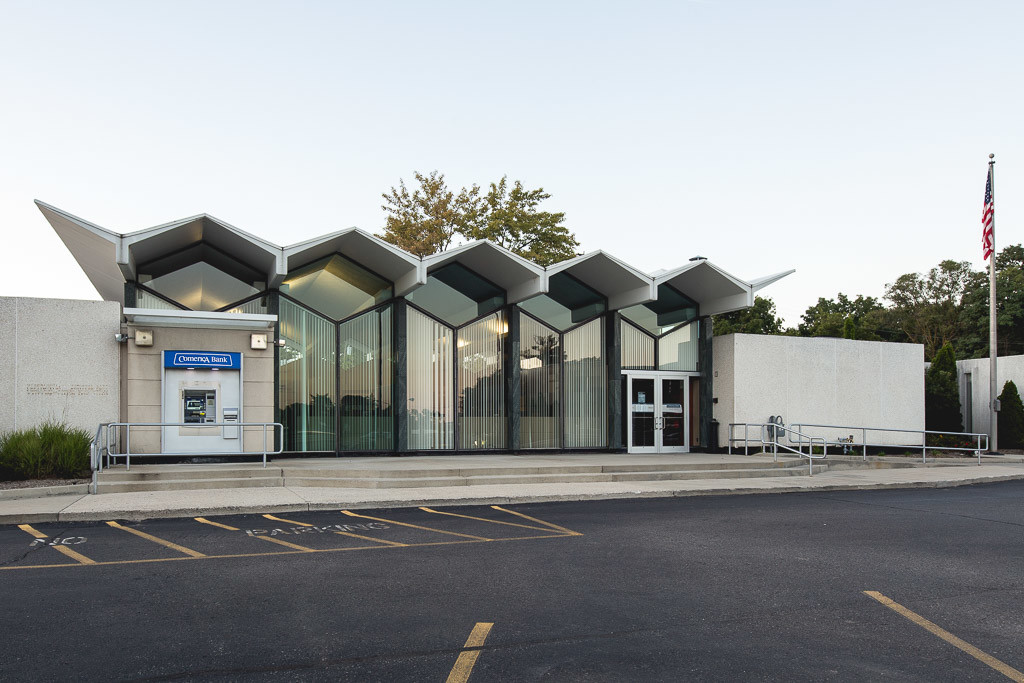Detroit’s Financial Crisis
August 27, 2015
We are all aware of the myriad of financial troubles that Detroit have suffered. Today we’ll look at a couple hard-hit architectural relics, then end on a more positive note.
If you have ever heard the term “dead mall,” you’ve heard of Northland Center just outside Detroit, in the Southfield suburb. Opened in 1954, it was built as the world’s largest shopping center. It thrived for many years like most malls did during the post-war era. The mall became a target for gang activity in the 80s and was never able to recover. Anchor stores vacated their spaces, and the mall slowly fell into a state of decay.
The last anchor (Macy’s) closed its doors on March 22, 2015, signaling to smaller stores that the end is imminent. Just a few short weeks later, ironically on April 15th, 2015, Northland Center officially closed.
About 15 miles north of Detroit lies a small town by the name of Mount Clemens. Known for its bath houses (?), it is home to a wonderfully sculpted building by William Kessler. The arched concrete structure was originally built in 1961 for Mt. Clemens Federal Savings & Loan. It is enclosed by a curtain wall, and lacked typical interior supports, which made the layout flexible. The center of the roof contains 20 domed skylights, adding even more natural light to the glass walls. To combat the Michigan winters, the roof contains a grid to melt snow, where it then flows down through each of the four hollowed corner supports.
The building was bought in 2008 and converted into a nightclub called The Bank. Respectfully, Kessler’s daughter, Tamara was commissioned to redesign the interior for the conversion. It closed just two years later, and was reopened as another nightclub, The Vault in 2013.
Lastly, we take a look at a piece of Modern architecture that has survived the mayhem in the Detroit area. But to be honest, this is in the more affluent suburb of Birmingham, where many of the white families fled to during the 50s and 60s when the race riots broke out.
This 1963 structure was designed by Louis G. Redstone, a Russian-born immigrant studied under Eliel Saarinen at UofM and ran his own successful practice for much of the 20th century. In a well-executed Modern fashion, the central part of the building contains a curtain wall and sawtooth roof, allowing ample daylight to penetrate the space. Consideration was given to the building’s footprint and location on the site, to allow traffic to flow freely from Woodward Ave. to the drive-thru, and in the parking lot itself.
The bank remains today, only under the name Comerica, which it merged with in 1992.








